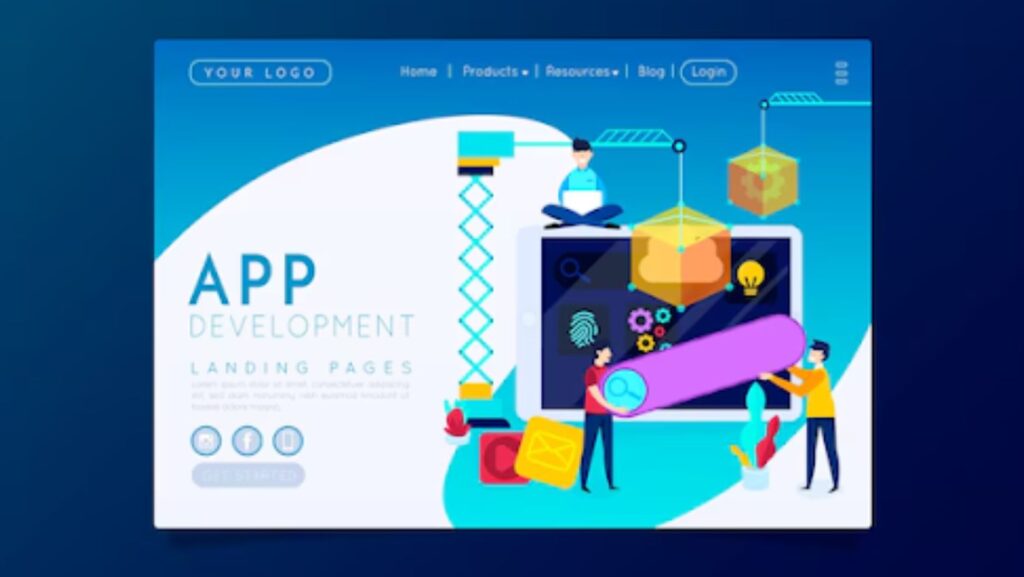
How can developers ensure their cloud applications are scalable, secure, and optimized for performance?
The answer often lies in choosing the right tools and architecture, with .NET standing out as a reliable framework for cloud-native development.
Leveraging its robust features, .NET offers a streamlined approach to building cloud applications that meet modern business demands.
This article delves into essential insights for developers and teams involved in architecting cloud apps with .NET.
Why Choose .NET for Cloud Application Development?
.NET has evolved as a comprehensive development framework, ideal for creating cloud-native applications.
Its compatibility with multiple platforms, extensive library ecosystem, and support for microservices architecture make it a preferred choice among developers.
Key Advantages of .NET in Cloud App Development
- Cross-Platform Compatibility: .NET Core enables developers to build and deploy applications on Windows, Linux, and macOS, ensuring greater flexibility.
- Support for Microservices: With its seamless integration with Docker and Kubernetes, .NET simplifies the creation of microservices-based architectures.
- Rich Ecosystem: A wide range of libraries and tools streamline tasks such as authentication, data processing, and API integrations.
- Enhanced Security: Built-in security features, including encryption, authentication, and role-based access control, ensure data protection in the cloud.
Core Principles of Architecting Cloud Apps with .NET
When architecting cloud applications, adopting a robust strategy is critical. Below are core principles that guide successful development:
Scalability and Resilience
Scalability is non-negotiable in cloud applications, as user demand can fluctuate dramatically. Using .NET, developers can leverage features such as load balancing and autoscaling to handle increased traffic efficiently.
Additionally, designing for resilience ensures applications can recover from unexpected failures.
Best Practices:
- Use Azure App Service or AWS Lambda for scalable hosting solutions.
- Implement circuit breaker patterns to prevent cascading failures.
Microservices Architecture
A microservices approach allows developers to break applications into smaller, independent components. This structure enhances maintainability and simplifies deployment. Cloud .NET application development offers powerful tools for creating and managing microservices, such as ASP.NET Core for building REST APIs.
Best Practices:
- Use Docker containers for encapsulating microservices.
- Adopt Kubernetes for orchestration and management of services.
Cloud-Native Features
Cloud-native applications leverage cloud-specific features to maximize performance. With .NET, developers can take advantage of serverless computing, managed databases, and cloud storage solutions.
Best Practices:
- Use Azure Functions for event-driven architecture.
- Optimize costs by leveraging pay-as-you-go cloud services.
Tools and Technologies for Cloud Development with .NET
Entity Framework Core
Entity Framework Core simplifies database operations with its ORM capabilities, making it easier to handle data persistence in cloud applications.
Azure DevOps
Azure DevOps provides an integrated platform for CI/CD pipelines, ensuring seamless development, testing, and deployment workflows.
Blazor
Blazor allows developers to create interactive web UIs using C# instead of JavaScript, streamlining front-end development.
Addressing Common Challenges in Cloud .NET Application Development
Developers often encounter challenges when transitioning from traditional to cloud-native architectures. Understanding these challenges and addressing them early can prevent costly mistakes.
Cost Optimization
Cloud environments can become costly if not managed effectively. Teams should monitor resource usage and implement cost-saving measures such as auto-scaling and reserved instances.
Security Concerns
Cloud applications are often exposed to external threats. Developers should prioritize secure coding practices and leverage. NET’s built-in tools for encryption and authentication.
Performance Bottlenecks
Inefficient code or poor resource allocation can lead to performance issues. Regular performance testing and optimization are crucial for maintaining high application responsiveness.
Collaboration Between Developers and Teams
Collaboration is key to successful cloud application development. Clear communication between developers, architects, and operations teams ensures alignment on project goals and technical requirements.
A software development company with expertise in .NET can provide valuable insights and accelerate the development process. Partnering with professionals ensures best practices are followed and reduces the likelihood of technical debt.
Real-World Applications of Cloud Apps with .NET
Industries ranging from healthcare to e-commerce have benefited from this. NET’s robust cloud development capabilities.
For example, video streaming services use .NET to build scalable, high-performance platforms capable of handling millions of concurrent users.
By embracing .NET, businesses can future-proof their applications, ensuring they are equipped to handle evolving market demands.
Conclusion
Architecting cloud applications with .NET requires a blend of technical expertise, strategic planning, and adherence to best practices.
By leveraging. NET’s extensive ecosystem and cloud-native features allow developers to create scalable, resilient, and high-performing applications.
For those seeking to elevate their cloud development efforts, understanding the principles and tools highlighted in this article provides a solid foundation for success in today’s competitive landscape.














